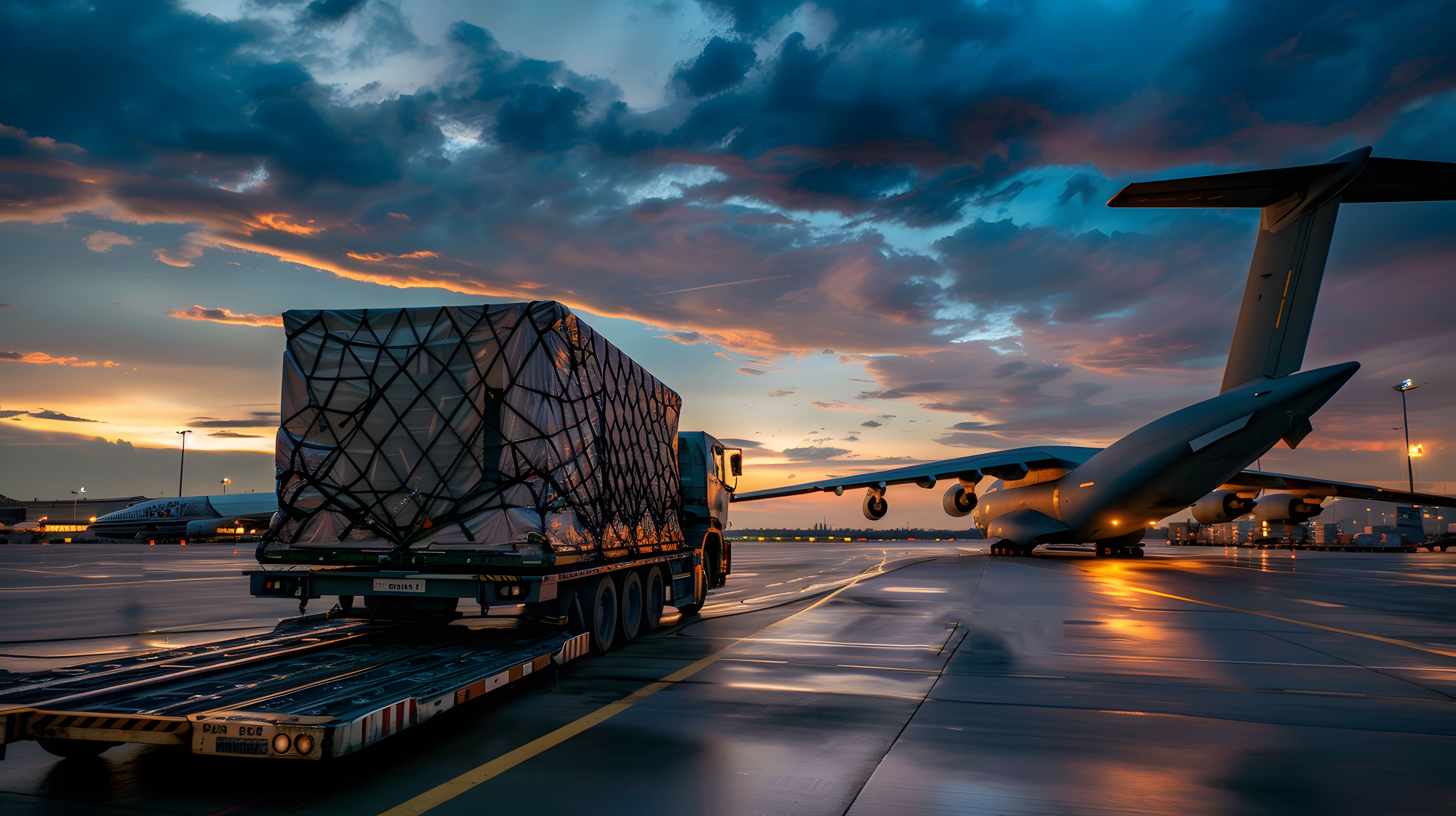A New Era in Air Cargo: Quietly, Dramatically, and Regionally
Behind the familiar hustle of cargo operations in Mumbai and Delhi, a quieter revolution is taking shape across India’s Tier-2 and Tier-3 cities. Tier-2 Airports, in particular, are becoming more prominent as strategic microhubs. They help to decentralize cargo flow, reduce congestion, and empower local economies. These Tier-2 Airports are pivotal in creating new logistic pathways.
And perhaps the most important part? This shift is not being driven by policy alone. It’s being shaped by the needs of exporters in textile towns, pharma cities, and jewellery clusters, who simply can’t afford to wait at overloaded metro hubs any longer.
Still Metro-Dominated, But the Gears Are Shifting
As of 2024, over 90% of India’s air cargo is still processed through just six airports: Delhi, Mumbai, Bengaluru, Chennai, Hyderabad, and Kolkata (Source: ICRA, STAT Times). These mega-hubs remain vital arteries of trade, but they’re straining.
This centralization comes with real bottlenecks. It causes higher dwell times, rising costs, and disrupted cold chains. The logistics industry, exporters, and airlines alike are recognizing the need for multi-nodal efficiency. This is where Tier-2 Airports can provide significant relief.
Enter Tier-2 cities.
Coimbatore’s Surging Growth: Not Just a Statistic, But a Signal
Coimbatore International Airport, once peripheral in the cargo landscape, nearly doubled its international freight volumes. It reported a staggering +99.8% year-on-year growth in FY2024–25 (Source: Airports Authority of India). With Tier-2 Airports like Coimbatore expanding, regional accessibility is improving.
For the knitwear and precision manufacturing exporters of the region, this isn’t just convenience—it’s business-critical. Coimbatore is now emerging as South India’s alternative cargo engine.
Amritsar and Jaipur: Heritage Airports, Modern Purpose
In Punjab, Sri Guru Ram Das Ji International Airport (Amritsar) is quietly becoming a hub for agri and pharmaceutical exports. It handled over 3,300 metric tons of cargo in FY24. Similarly, Jaipur International Airport, poised to handle 10+ million passengers annually by 2026, is expanding cargo capabilities. It serves as a new node for Rajasthan’s global trade potential in handicrafts, gems, and marble. Tier-2 Airports play a crucial role in these developments.
These developments aren’t just numbers—they reflect how regional cities are gaining logistical dignity, no longer waiting for the metros to make room.
Cargo Trends: International Booming, Domestic Steady
The international cargo segment has surged by up to 19% in 2024, fueled by robust exports in pharma, perishables, and engineering goods. In contrast, domestic cargo is growing at a steady 6–8% CAGR (STAT Times). This divergence shows a critical policy gap. While global demand is rising, the domestic connectivity of many Tier-2 airports remains patchy.
Imagine this: a pharma SME in Lucknow can ship to Dubai faster than to Kochi. That paradox, for a country with ambitions of being a global supply chain leader, is now in sharp focus.
The Forecast Debate: 11.5% or 6–9% CAGR?
The IMARC Group projects India’s air cargo market to grow from 3.26 million tons in 2024 to 9.56 million tons by 2033, at a CAGR of 11.5%. However, more conservative industry bodies like STAT Times and ICRA peg the realistic growth rate at 6–9% through 2029.
Either way, the consensus is clear: growth is inevitable. The real question is how equitably and strategically India will distribute that growth.
Sources:
🔹 IMARC Air Cargo Report 2024
🔹 STAT Times: Indian Air Cargo Outlook
Human Stakes: When Regional Infrastructure Lags Behind
Take Rajkot, for example—a major jewellery exporter. Despite a newly built international airport, no cargo flights currently operate. Exporters must transport time-sensitive consignments over 220 km to Ahmedabad, risking delays, highway theft, and breakage. Improving connectivity through Tier-2 Airports can address such issues.
It’s not just inconvenient—it’s an economic chokehold.
Regional airports without cargo operations aren’t underutilized—they’re unrealized potential. And every day they go unused is lost GDP, lost jobs, and lost trust.
(Source: Times of India – Rajkot Jewellery Cargo Issue)
Airlines Are Investing. Are Governments Catching Up?
- IndiGo’s ₹1,100 crore MRO facility in Bengaluru (coming online in 2025) isn’t just about maintenance—it’s about making Tier-1 adjacent cities more agile, boosting cargo turnaround time, and reducing dependence on global vendors.
- MIHAN in Nagpur is being positioned as India’s next multi-modal logistics backbone, connecting road, rail, and air—an ideal launchpad for central India’s exports.
- Kolkata Airport is adding a three-tier cargo transit system, including a four-lane underpass, to reduce cargo congestion.
These aren’t minor tweaks—they are infrastructure stories with impact.
Sources:
🔹 IndiGo MRO Facility Announcement
🔹 MIHAN Wikipedia
🔹 Kolkata Transit System
Closing Thought: India’s Cargo Future Will Be Decentralized—or Delayed
India stands at a rare inflection point. The demand for air cargo is expanding, the infrastructure is growing, and regional economies are ready. What’s needed now is a shared vision—where airlines, exporters, state governments, and logistics leaders collectively bet on decentralization. This decentralization is heavily reliant on the efficiency and strategy implemented at Tier-2 Airports.
Because when a jewellery trader in Rajkot or a textile maker in Tirupur sees the same speed, safety, and global access as their metro counterparts—that’s when the true story of India’s air cargo leadership will take flight.
And perhaps, that’s also when the global airline industry will start benchmarking India—not just for its numbers, but for its network wisdom.




